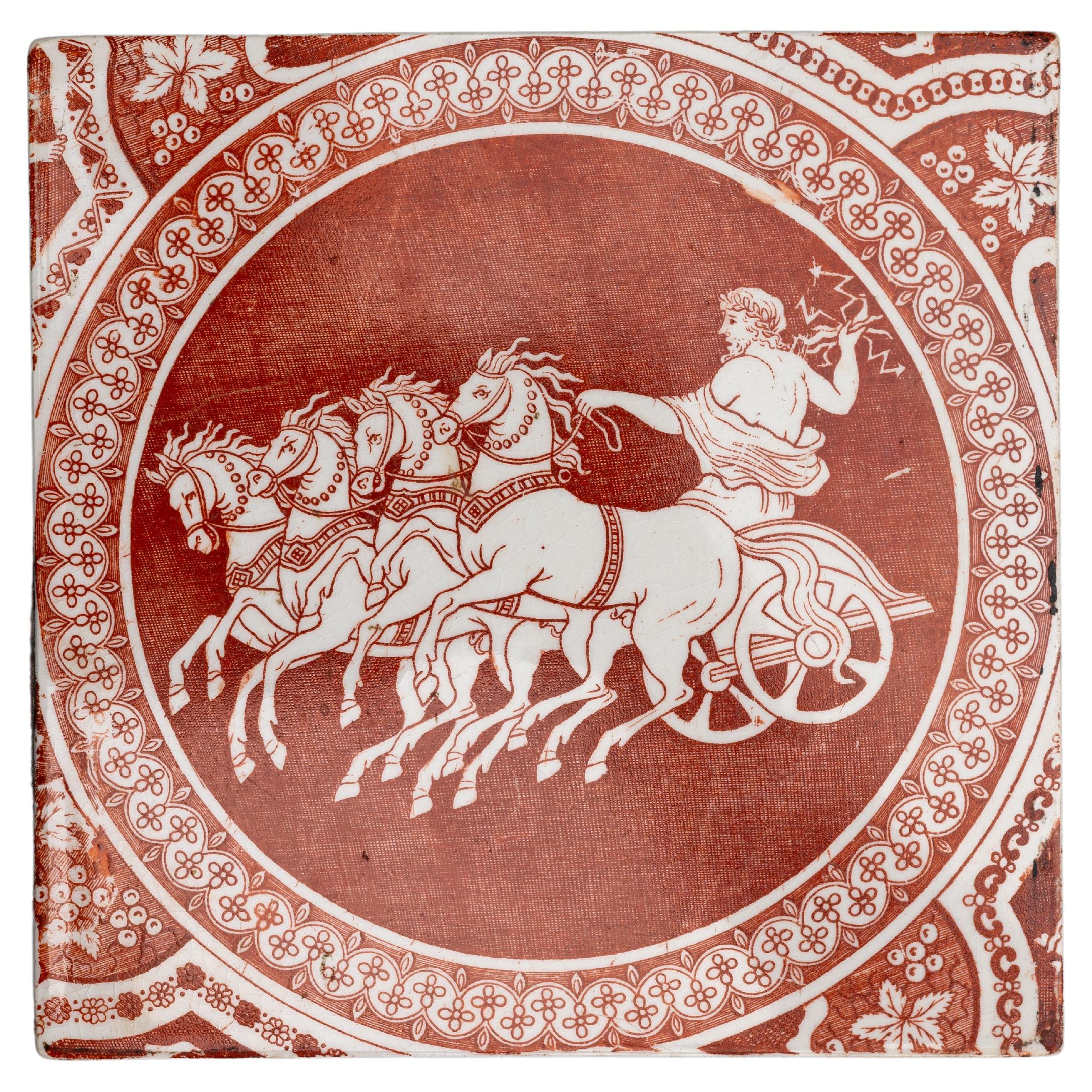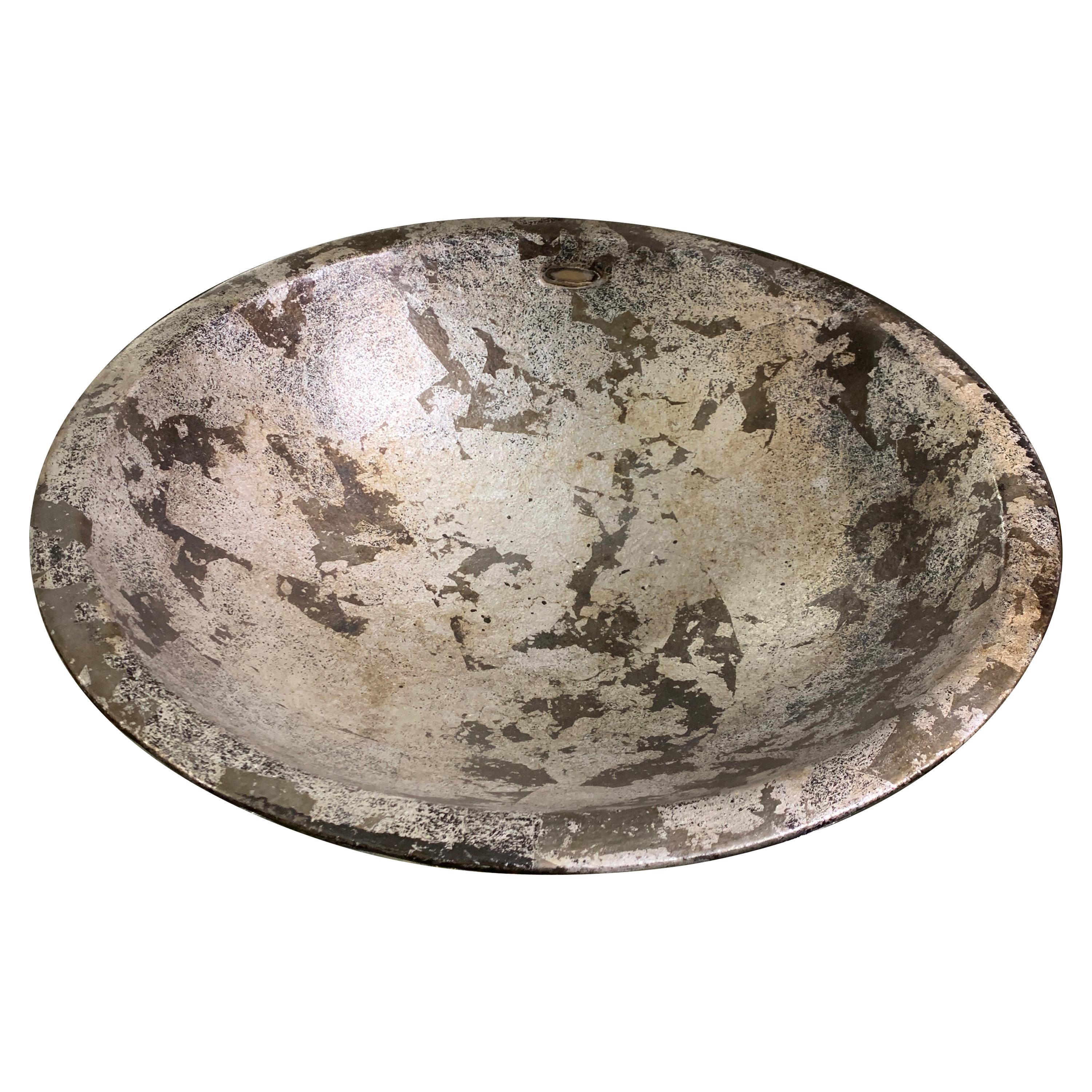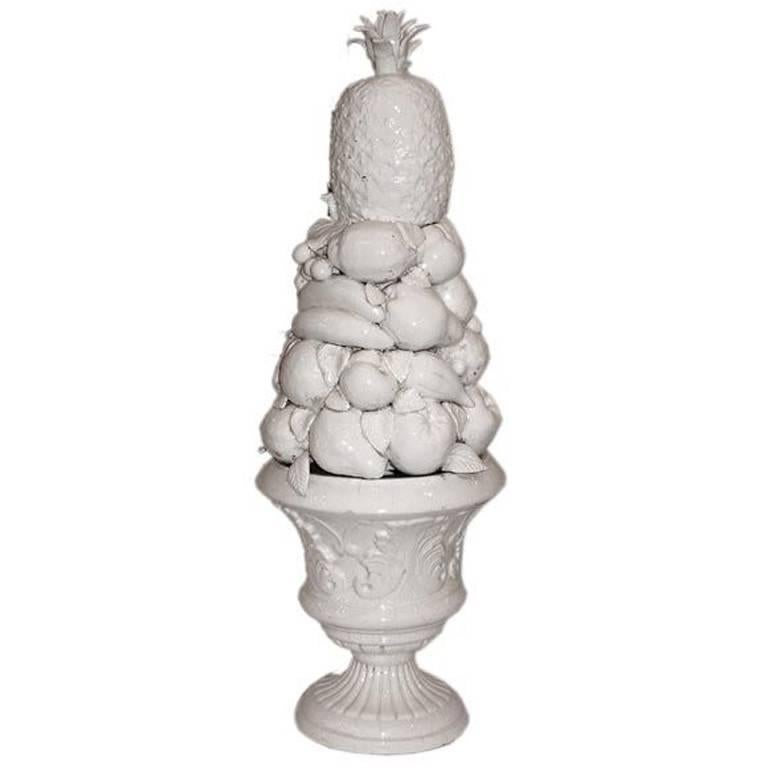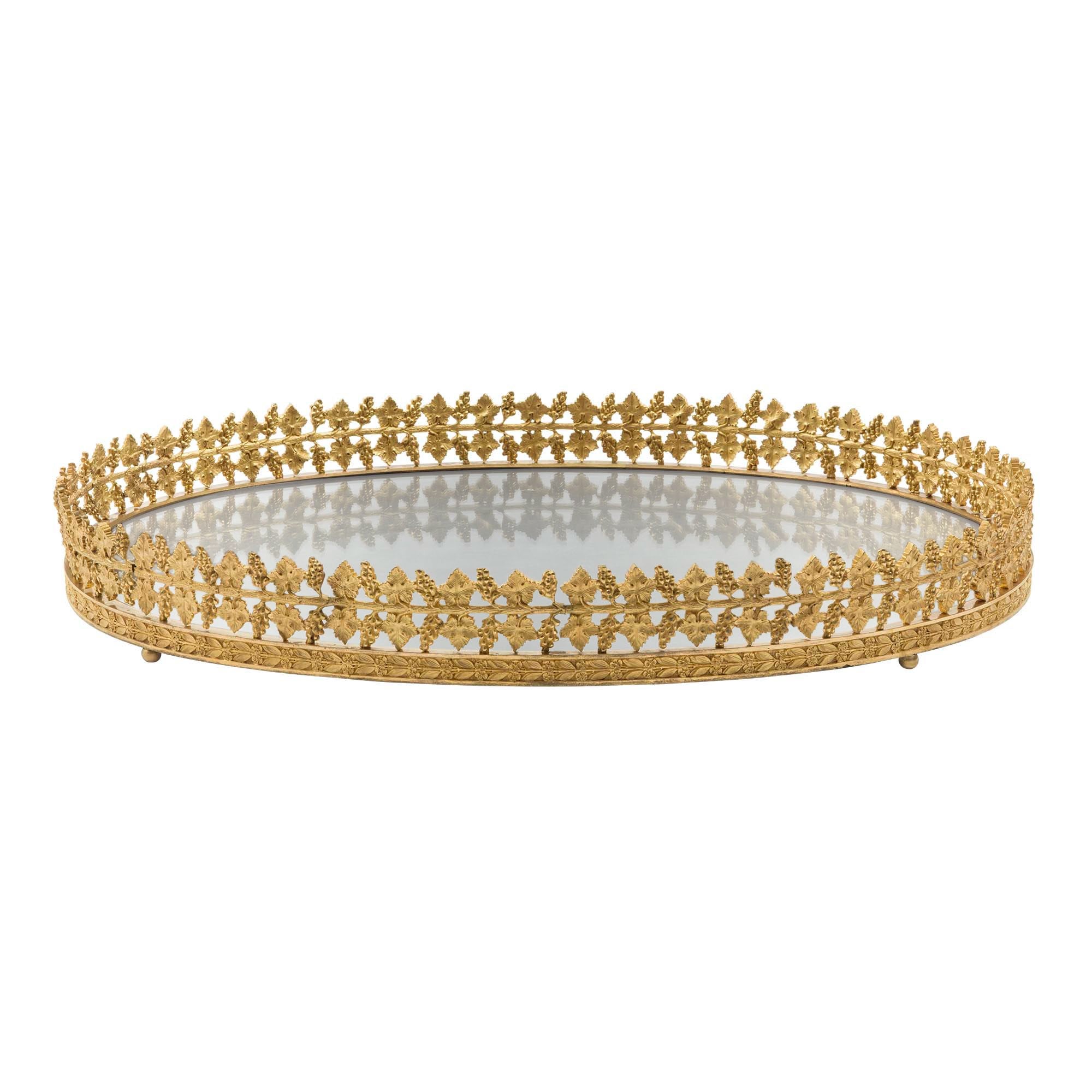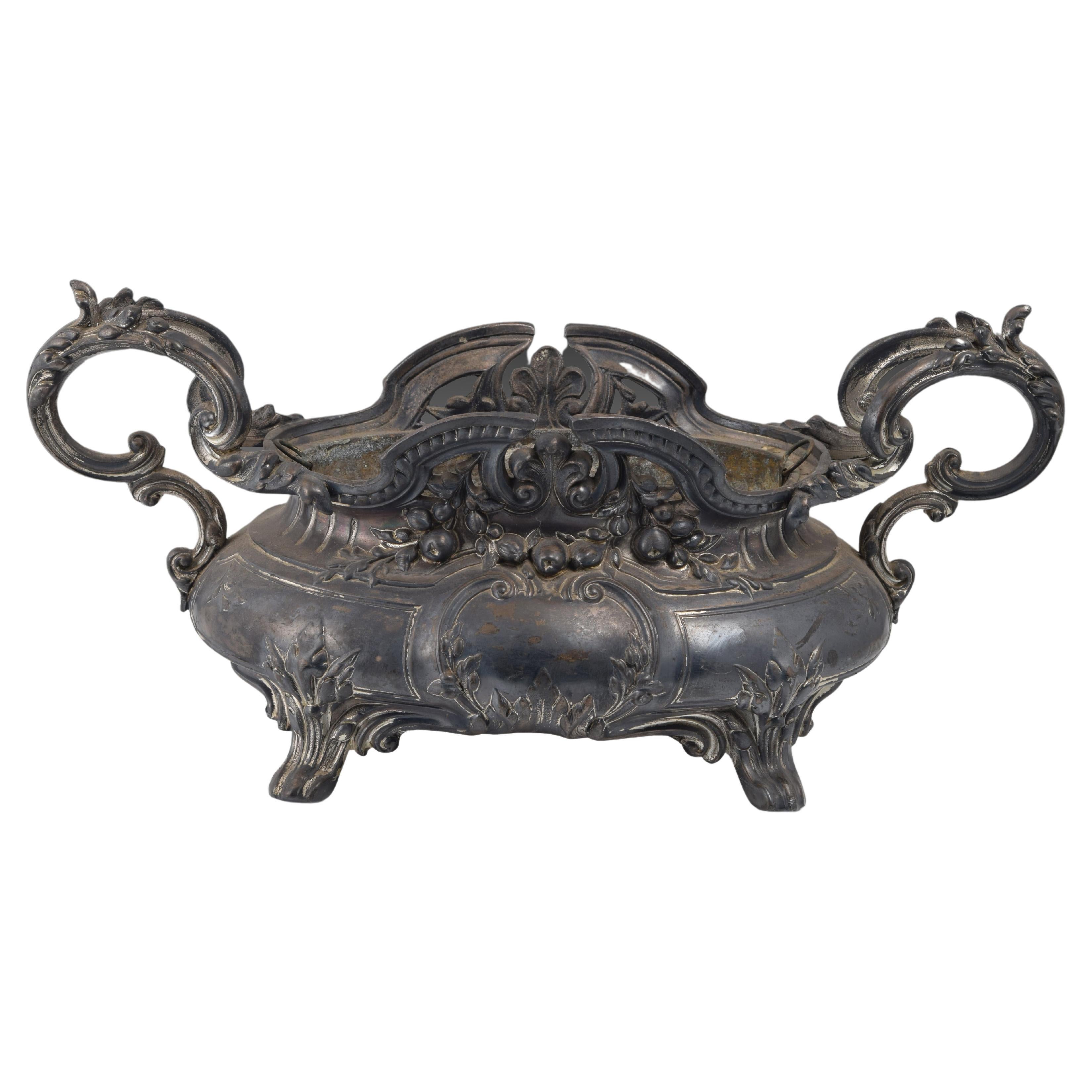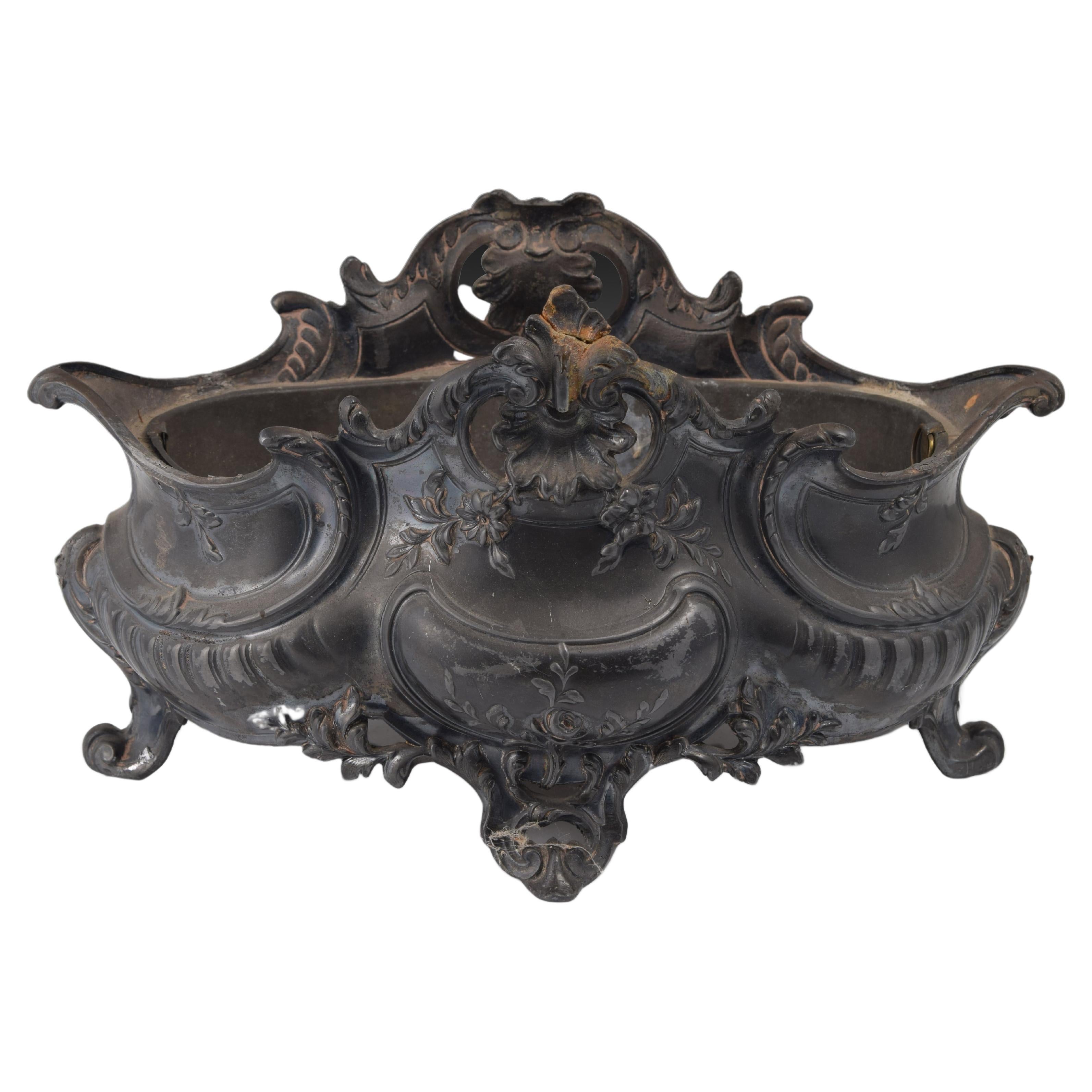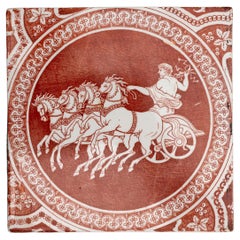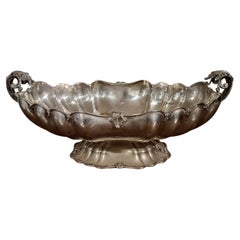
Fine Early Spode Footbath/Centerpiece, Early 19th Century
View Similar Items
1 of 10
Fine Early Spode Footbath/Centerpiece, Early 19th Century
About the Item
19 inches long x 12 inches wide x 8 inches high
- Dimensions:Height: 8 in (20.32 cm)Width: 19 in (48.26 cm)Depth: 12 in (30.48 cm)
- Place of Origin:
- Period:
- Date of Manufacture:Early 19th Century
- Condition:Excellent, minor wear consistent with age and use. Minor scratches to glazed finish on interior of footbath. No chips or fractures.
- Seller Location:New York, NY
- Reference Number:Seller: E-101011stDibs: 0710268219337
You May Also Like
- Early 19th Century Spode Red Greek Pattern TileBy Spode, Josiah SpodeLocated in Fort Lauderdale, FLA Neoclassical red transferware tile made by Spode 1806-1810, with the ‘Zeus in His Chariot’ pattern. Sir William Hamilton’s Collection of Etruscan, Greek and Roman antiquities, first published in 1766 by Pierre d’Hancarville, was a landmark publication in English design. It intended to disseminate the Antique style through its engravings of Attic pottery. The catalog’s faithful reproductions of Classical vases led British potteries, including Spode, to adapt or even copy the ancient art for modern life. These Spode Greek pattern tiles reflect the major influence of Hamilton’s catalog on English Neoclassicism. The central scene was taken directly from the catalog. This tile can be dated to a narrow window of production in the Spode factory, 1806-1810. During that time, Spode used a technique known as the “Pluck and Dust” method to print in red transfer designs onto creamware. Using this method, source prints were transferred overglaze using tissue imprinted with a very faint rendition of the design outlined in sticky oil. The decorator applied the tissue to the object then carefully “plucked” or pulled it away, leaving the sticky oil design behind. Then, a finely-ground enamel color was “dusted” onto the surface, sticking to any areas that had the oil. A final firing at a low temperature in the enamel kiln made the pattern permanent. The Pluck and Dust technique improved upon bat-printing and enabled larger designers to be transferred. It was short-lived, however, as under-glaze transfer printing soon took over as the preferred method for producing transferwares. Dimensions: 5 in. x 5 in. x 1/4 in. Condition: Excellent. Provenance: The Collection of Nancy and Andrew Ramage Jonathan Horne...Category
Antique Early 19th Century English Neoclassical Pottery
MaterialsEarthenware, Creamware
- Silver Leaf CenterpieceLocated in Palm Springs, CAA large pottery centerpiece with applied silver leaf and an inset piece of polished agate. It is nicely patinated with a goldish hue on the bottom. It is not marked. There is a color...Category
20th Century Unknown Centerpieces
MaterialsPottery
$1,200 - LATE 19th-EARLY 20th CENTURY ITALIAN SILVER CENTERPIECELocated in Firenze, FIBeautiful centerpiece made entirely of solid silver, of fine Florentine workmanship, marked with the "800" brand which confirms its quality. Dating from the late 19th-early 20th cent...Category
Antique Late 19th Century Italian Centerpieces
MaterialsSilver
- French Early 19th Century First Empire Period CenterpieceLocated in West Palm Beach, FLAn exceptional French early 19th century First Empire period ormolu mirrored surtout de table centerpiece. The oval shaped centerpiece is raised by elegant tapered foliate supports below charming richly chased plaques of posing cherubs. A beautiful and intricately pierced wrap around ormolu gallery frames the original mirror plate and extends around the centerpiece with lovely foliate design amidst scrolled movements and sphinges. Above and on the back of each cherub plaque are exceptional and most unique arched bevel mirrors.Category
Antique 19th Century French Centerpieces
MaterialsOrmolu
- Historism Centerpiece, 19th CenturyLocated in Greding, DEHistorism Tazza in Renaissance style made of bronze with putti and griffin decor.Category
Antique 19th Century European Renaissance Revival Centerpieces
MaterialsBronze
$788 Sale Price20% Off - Large Spanish White Ceramic CenterpieceLocated in Buchanan, NYWhite ceramic centerpiece with various fruit and a pineapple top. Spanish, early 20th century. Good vintage condition. Ref #: D0106-15 Dime...Category
20th Century Spanish Centerpieces
MaterialsCeramic
Recently Viewed
View AllMore Ways To Browse
Scalloped Pottery
Georgian Wedgwood
Puglia Jug
Weller Pottery Frog
Vintage Masons Ironstone
Vintage Pottery Glass
Vintage Pottery Pottery And Glass
Vintage Mexico Pottery
Vintage Salt Glazed Pottery
Pewter Beer Stein
Vintage Pottery Creamer
1930s Mexican Pottery
Salt Wear Pottery
Vintage Mexican Pottery Pitcher
Butter Slab
Yellowware Pottery
Redware Pot
Fiesta Homer Laughlin Vintage
